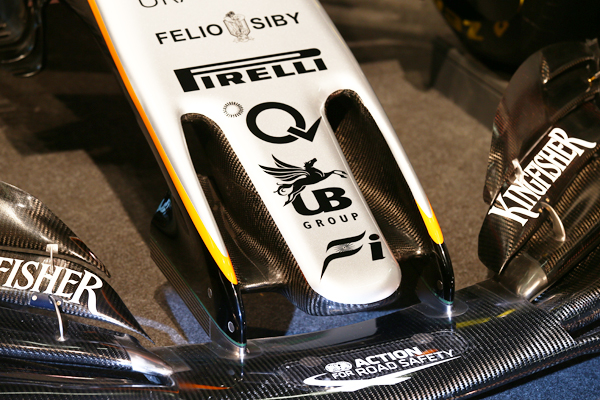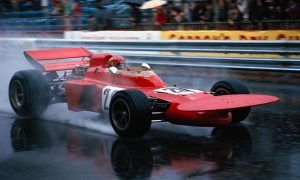
HOLLOW, IS IT ME YOU ARE LOOKING FOR?
One can also spot a ‘S’-duct system under the nose of the black-and-yellow machine, with the inlet hollowed out in the lower nose section, in a manner similar to what Mercedes, McLaren, and Toro Rosso did on their 2016-spec cars.
The mandated increase in nose length has made running the system all the more enticing. The longer a surface is, the thicker the boundary layer is. The S-duct speeds up and energises the airflow under and over the nose, this in order to prevent having slow air on the car’s nosecone.
The S-duct inlets are not the only design Renault seems to have taken out of the McLaren copybook, with the R.S.17 camera mountings similar to those on last year’s MP4-31.
Ahead of the S-duct apertures, the front wing pillars are particularly elongated in a bid to better guide the airflow (see white arrows).
It’s worth noticing that Renault has stuck to the arched design on the outer sections of its front wing, when Sauber has moved away from the concept with a flatter layout on the C36.
Like Williams, Renault has retained the conventional ‘V’ shape for the R.S.17’s lower wishbone, instead of adopting the Mercedes-style conjoined wishbone approach whereby the legs only split near the chassis to form a ‘Y’ shape. However, the overall suspension geometry setup has been clearly refined compared to last year’s R.S.16.






